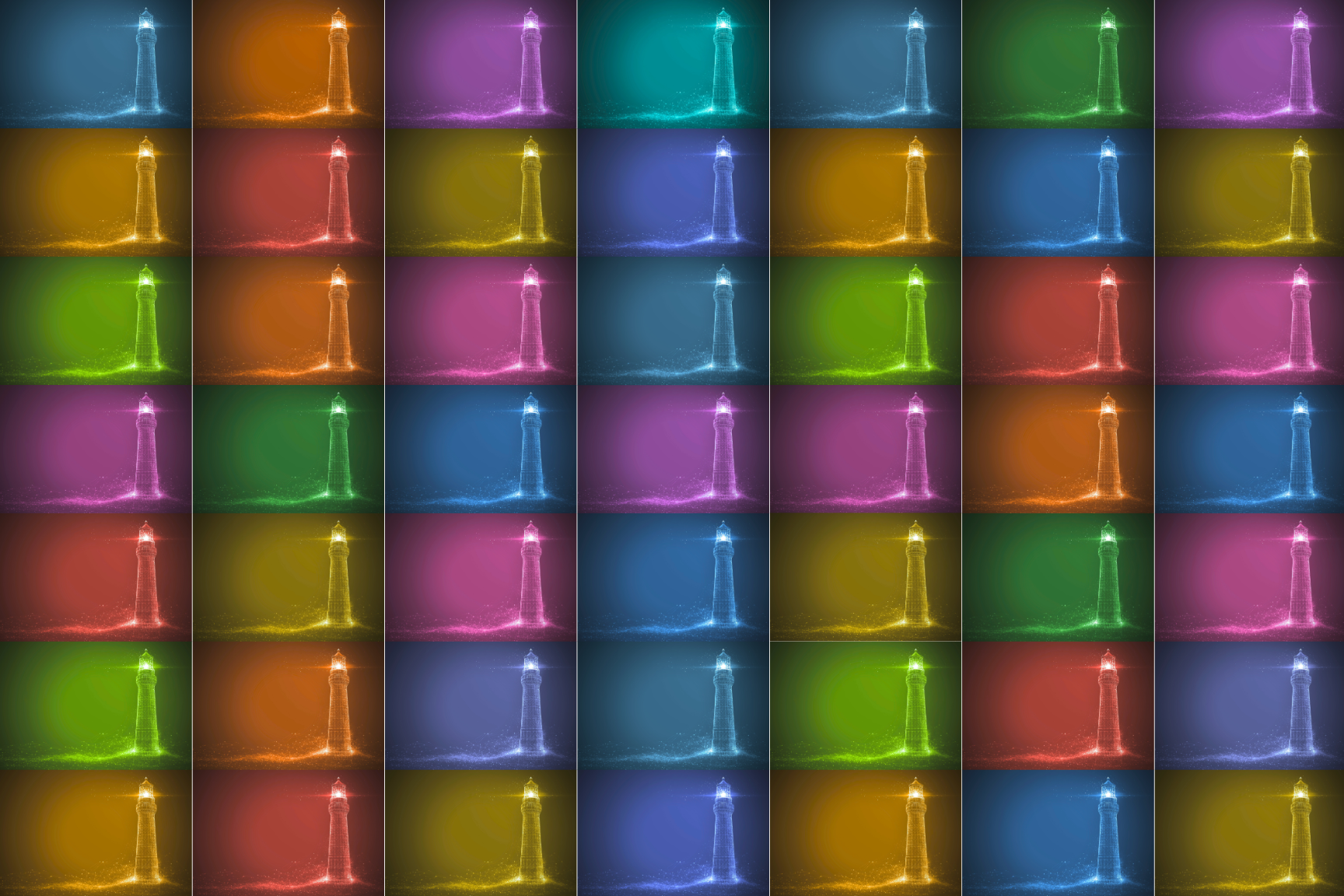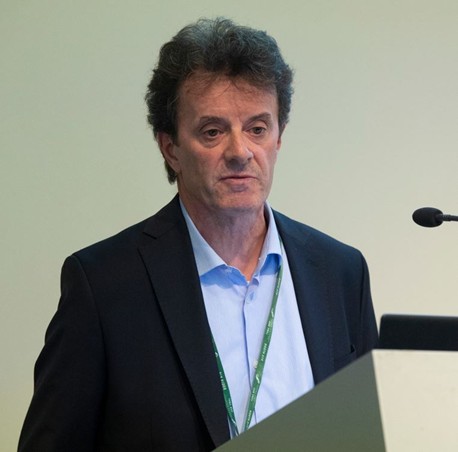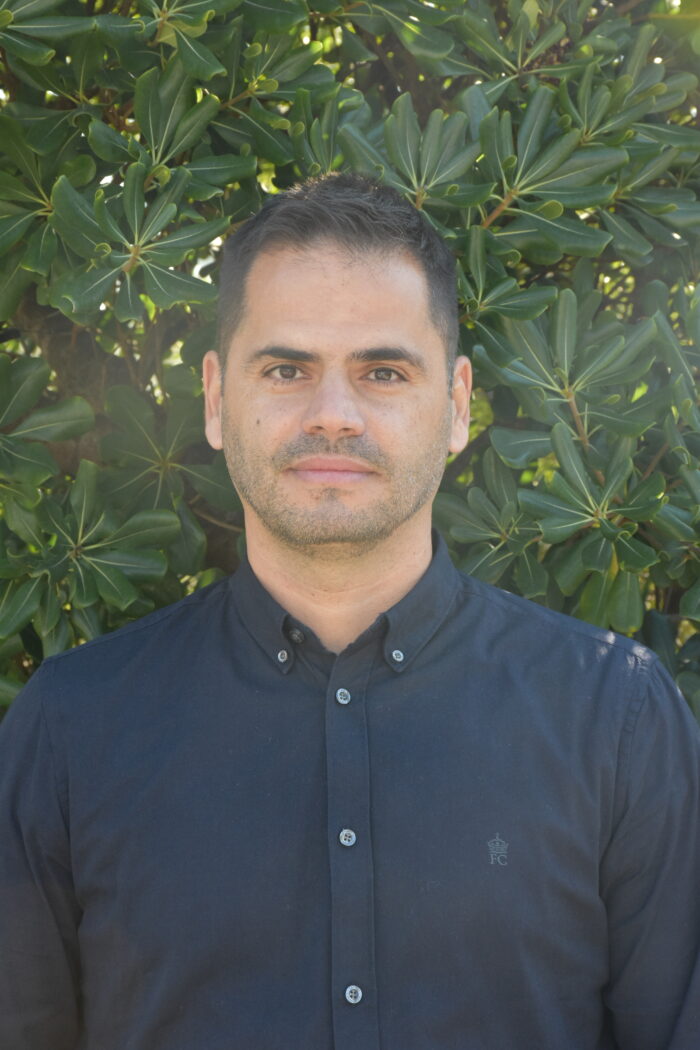
X-TREME 6G’s use cases – at the heart of technological disruption for the future of 6G in Europe
A substantial part of X-TREME 6G’s initial efforts consists of definining a comprehensive overview of our project scope and platform architecture that will be used for the selected use case scenarios to show the goals of the project. These use cases showcase the potential of the new classes chipsets that X-TREME 6G aims to develop in the field of wireless communications, with one objective – unleashing the full potential of 6G and enable the emergence of new applications requiring in turn specific developments for underpinning enabling microelectronic technologies.
X-TREME 6G’s use cases are the following:
- Wireless X-haul
- Joint Communication and Sensing (JCAS)
- Non Terrestrial Networks (NTN)
- Network as a Sensor (NaS)
- Private 6G networks
Under the light of X-TREME 6G’s first public and technical develiverable, D1.1 „ Platform architecture definition and Use cases“, additional descriptions of those use cases, their particularities, and the possibilities they offer in the context of 6G’s upcoming deployment in Europe, can be made.
Wireless X-Haul
In X-TREME 6G, the Wireless X-haul use case is demonstrated by Nokia Italy, under the leadership of Mario Luigi Giovanni Frecassetti.

The part of the electromagnetic spectrum above 100 GHz—called the millimeter-wave (mmWave) band or D-band—has a lot of potential for future wireless technologies. These frequencies can carry a huge amount of data very quickly and with minimal delay, which is especially important for advanced networks like 6G.
This technology will be used to create fast wireless connections between fixed locations (like buildings or towers) and also to connect multiple points at once. It can support things like:
- Super-fast internet
- High-speed data links for smart cities
- Industrial automation
- Wireless versions of Gigabit Ethernet (a very fast type of computer network)
However, there are some challenges to overcome:
- Signal weakening: These signals don’t travel far and can be blocked easily.
- High equipment costs: The devices needed are expensive and complex.
- Regulations: Governments need to approve how these frequencies are used.
- Technical design issues: The radios that use these frequencies need to be carefully designed.
Despite these challenges, the X-TREME 6G project is working to build a test platform that will help solve these problems. The goal is to explore the D-band and mmWave technology and test new applications that could lead the way for 6G networks in Europe.
Joint Communication and Sensing
In X-TREME 6G, the JCAS use case is demonstrated by the Karlsruher Institute of Technology and IMST, under the leadership of Teweon Jeong and Daniel Martini.


JCAS constitutes a key use case for the future of 6G networks. It combines two things that are usually separate: wireless communication (mobile data) and sensing (radar or motion detection). By merging these, this use case enables the building of smarter, safer, and more efficient systems that understand their surroundings in real time.
Today, communication systems and sensors (especially in cars) are built and used separately. But with JCAS, they can work together—sharing the same equipment and radio waves. This makes things simpler and opens up new possibilities, with diverse prospects for people and the economy.
However, combining these technologies also comes with a couple of challenges, especially regarding system testing and design. To face those challenges, researchers are currently working on:
- Designing the best signals to use
- Figuring out how much bandwidth is needed
- Building systems that can handle both communication and sensing at once
X-TREME 6G will create a specific platform to test and improve these systems. It will help explore how JCAS can be used in real-world situations, such as:
- Search and rescue operations
- Road safety and mapping
- Monitoring buildings and infrastructure
- Smart transportation and autonomous driving
- Industrial communication with built-in sensing
With this objective in mind, X-TREME 6G is set to prove the potential of JCAS as a 6G use case, with plenty of positive spillovers onto strategic economic sectors for Europe’s independence and prosperity.
Non-Terrestrial Networks (NTN)
In X-TREME 6G, the Non-Terrestrial-Networks use case is desmonstrated by our space specialist, ETH Zurich, under the leadership of Professor Hua Wang.
In today’s world, staying connected is more important than ever – for business, society, and technology. However, traditional networks, like cell towers and fiber cables, have limits. They are not equipped to reach remote places, such as mountains, isolated islands, or rural areas; and they can break down during natural disasters or power outages. Even in cities, networks can get overloaded due to limited signal spectrum.
The development of Non-Terrestrial-Networks is key solution to tackle those above-mentioned issues. Indeed, NTNs do not rely on ground-based infrastructure. They are mostly composed of:
- Satellites
- Drones (UAVs)
- High-altitude platforms (HAPS)
By adding NTNs to future 6G networks, we can envision:
- Expand coverage to remote areas
- Improve network reliability, even during emergencies
- Boost performance, with faster speeds and lower delays
- Support advanced technologies, like smart factories, self-driving cars, and large-scale IoT (Internet of Things)
NTNs can also act as backups when regular networks fail.
The key challenges for the development of NTNs are the following:
- Limited spectrum space
- High infrastructural costs
- Lack of technological sophistication to build an efficient network.
By working on developing chiplets and chipsets fit to the development of 6G NTN Networks, X-TREME 6G will tackle those challenges, and make sure that 6G’s deployment in Europe will play a major role in driving economic growth and prosperity, as well as a better connectivity for geographically isolated populations.
Network as a Sensor (NaS)
In X-TREME 6G, the Network as a Sensor (NaS) use case is demonstrated by Politecnico di Milano, and more especially POLIMI’s BONSAI lab, under the leadership of Francesco Musumeci.

As we move from 5G to 6G, the way we use networks is changing dramatically. Network as a Sensor (NaS) refers to a situation where a network itself can collect and analyze data from devices, users, and the environment. In this situation, networks can, per example, monitor users‘ habits, check for recurring issues, or even track environmental conditions like temperature, humidity or movement.
At a time where AI is at the forefront of many negative and positive projections, but also concrete possibilities for technological advancements; and at the dawn of the emergence of a new generation wireless technological infrastructure, Network as a Sensor carries a big potential, which would translate in:
- The understanding of unprecedented amounts of data
- Spot patterns
- The automation of smart decision making
Along JCAS, Network as a Sensor will contribute to the emergence of a next generation of networs, embedded in intelligence, speed, and responsiveness.
At the heart of this movement, X-TREME 6G will harness the possibilities offered by NaS, as it will build a platform to test real-world scenarios. The building of new chiplets and chipsets, fit to this use case, will support the advanced features NaS will lead to. Doing so, X-TREME 6G will unlock the full power of 6G and enable innovative new applications at the intersection of cutting-edge microelectronics and telecommunications.
Private 6G networks
In X-TREME 6G, the Private 6G networks use case is demonstrated by p-NET, under the leadership of Charalabos Gizas.

As we move from 5G to 6G, networks are becoming much more powerful and flexible. One key part of this evolution is the use of private 6G networks—custom-built networks that allow researchers and developers to test new ideas in a controlled environment.
Private 6G networks allow to:
- Experiment freely with new technologies
- Test real-world scenarios across different industries
- Adapt to changing conditions, like user needs or environmental factors
They happen to be especially useful for developing smart systems powered by Artificial Intelligence (AI) and Machine Learning (ML), which are central to 6G.
Unlike traditional test platforms that only test small parts of a system (like signal processing), private 5G/6G networks can simulate full, real-world network behavior. They include all the layers of a network—from basic signal handling to full data management—so researchers can:
- Test how everything works together
- Measure performance in realistic conditions
- Try out advanced features like JCAS, Network as a Sensor (NaS), wireless backhaul, and Non-Terrestrial Networks (NTNs)
These private networks can also simulate things like:
- Signal fading
- User movement
- Network interference
- Delays from edge computing
This makes them ideal for testing complex, time-sensitive technologies.
At the intersection of microelectronics and telecommunications, X-TREME 6G is building a platform in which private 6G networks will be able to test and validate the new technologies developed as part of the project. Doing so, X-TREME 6G will contribute to the development of scalable solutions in both wireless communication and microelectronics, which are essential for making 6G work in the real world.
To keep track of how X-TREME 6G will make a decisive impact in the future of 6G in Europe and beyond, stay tuned, and visit our LinkedIn page, where project’s updates and progression can be followed.
X-TREME 6G project has received fundings from the Smart Networks and Services Joint Undertaking (SNS JU) under the Horizon Europe research and innovation programme under Grant Agreement NO 101192681.